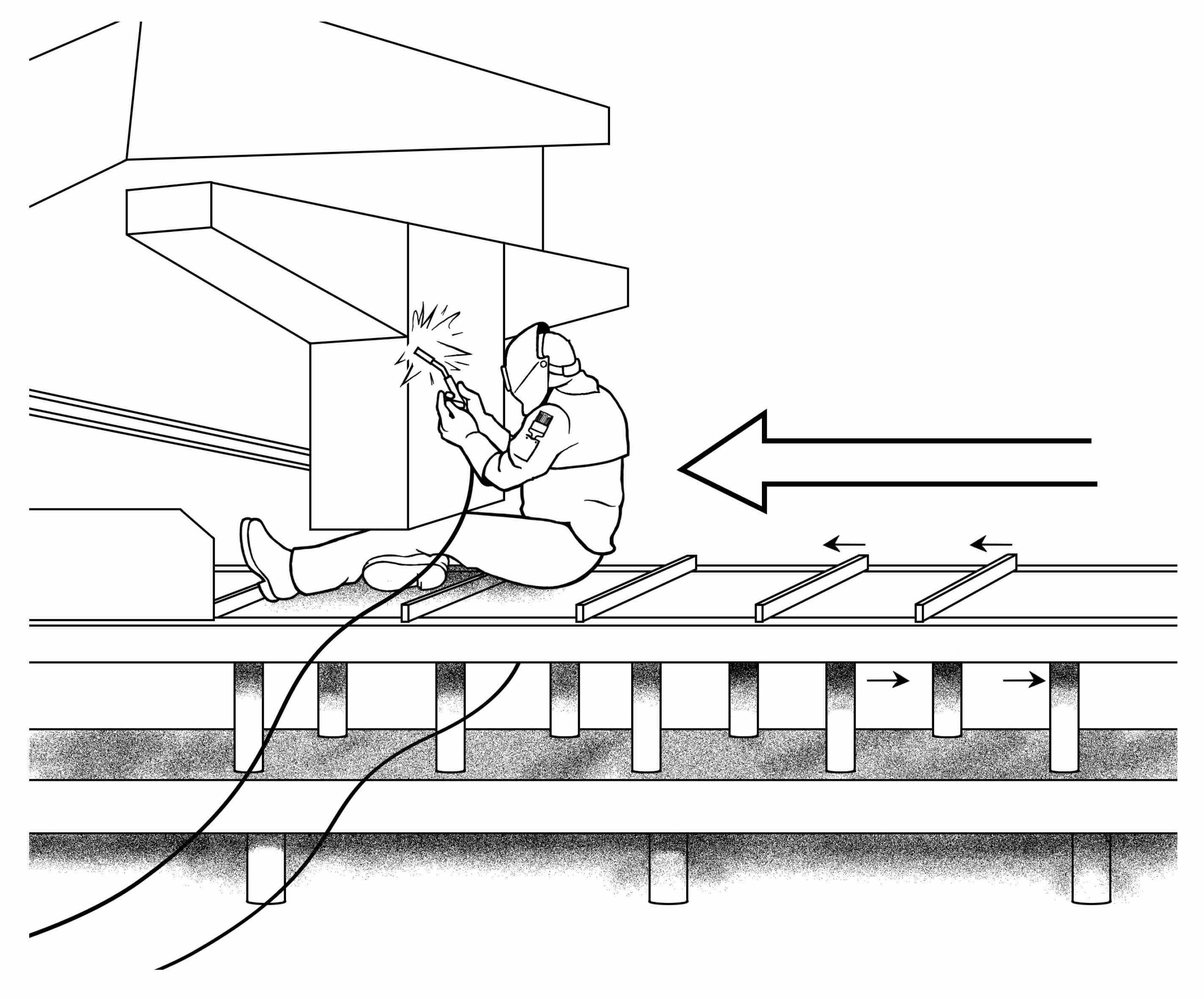20-S-22
Worker Killed While Welding Wood Chip Conveyor
Published
Content is restricted to FRA members only.
Sign In
Is Your Company A Member?
Get Access Now!
Reviewed by
Vickie Swanton, FRA Western Region Manager
Originally published by the Washington State Dept. of Labor & Industries. Click here for their Hazard Alert.

